This article was written in June 2017 by Natural Lands Intern Caroline Toth. Sadly, one of the goats that she portrays, Stanley, passed away at the end of August. This wonderful blog post offers not only a joyful glimpse into a little known world at Winterthur, but also timely solace to those of us saddened by the loss of a much-loved four-footed friend. Thank you, Carrie, for providing both.
As the weather warms and the meadow grasses flower, Winterthur’s herd of seven Boer goats is set to work munching areas of Brown’s Woods where invasive shrub-layer plants have taken over. Although our goats can’t discern between native versus non-native plants, the act of defoliation and damage to the non-natives suppresses the populations’ reproductive success. Plus, judging by our goats’ zealous appetites, it would seem that these greens are quite the delicacy, indeed!

It’s not always easy to get goats to do what you want, especially when you are introducing them to something unknown. When our livestock first saw the contraption we devised to transport them from pasture to forest, they harbored some serious reservations. Luckily for us, a mere handful of treats was compensation enough for them to voluntarily enter the cage strapped on to the trailer.
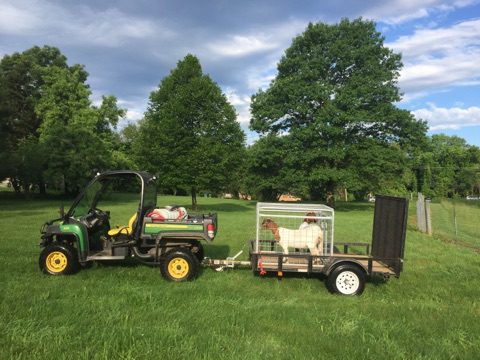
The “Who’s Who” of the Small Ruminant World All seven of our goats are purebred Boer goats. Originally from South Africa, the Boer goat was bred to be as large as possible to maximize profits in the meat market. “The bigger, the better” was the idea behind breeding Boers. Here at Winterthur, our Boers were all given to us as donations from herd owners who loved the goat in question so much that they could not bear to send them to market – and we are so glad, because now, we can’t imagine life without them!
Our first goats were Franklin and Stanley. Stanley is the alpha goat – kind of the wise caretaker of the herd. Franklin came from the same herd as Stanley, but Franklin is as loud as Stanley is quiet! Franklin is determined to make his presence known to every person and animal in the visual vicinity. When he is feeling affectionate, he lets you know by way of rubbing his head on you. When he is annoyed with you, he’ll emit a high-pitched whinny of frustration before slowly clopping away.
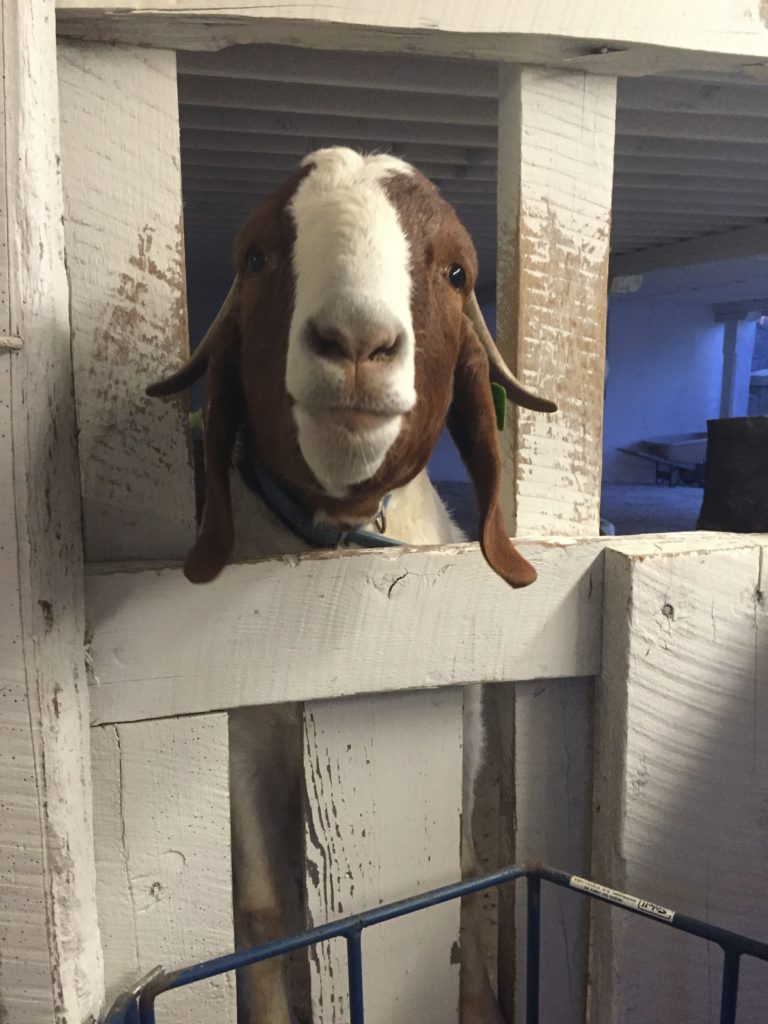
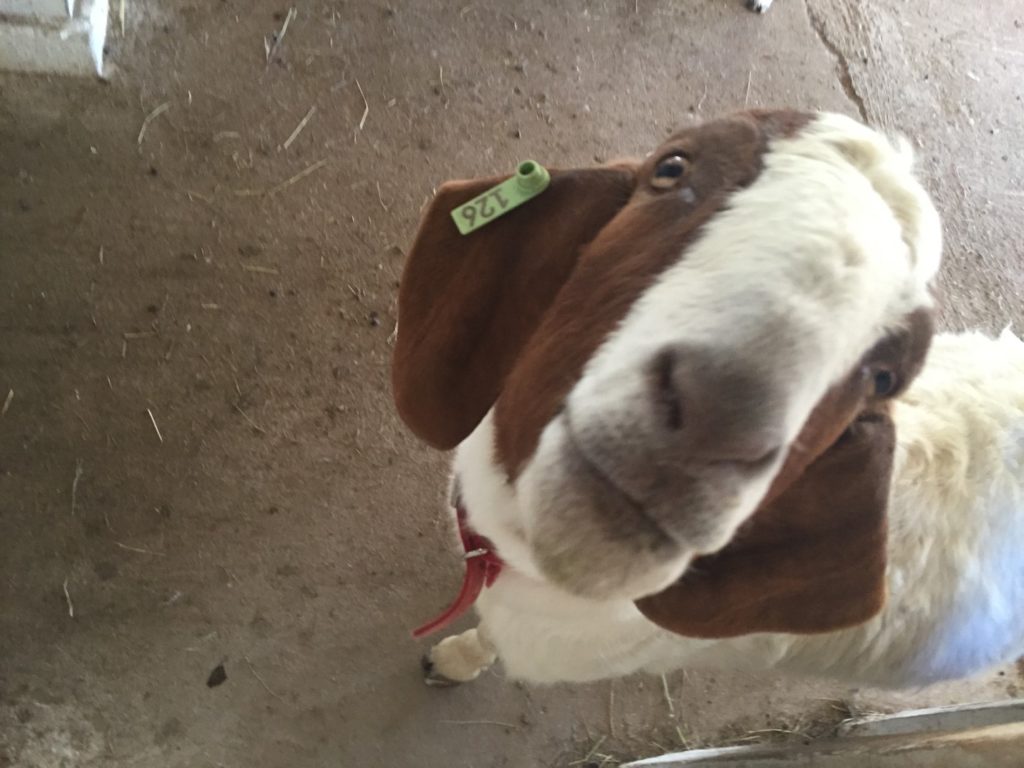
Morgan is a former show goat. Although she was born and raised on a meat farm, her good looks saved her from going to market. When she was pregnant with her kids, however, she developed a sway back. Around that same time, the tag on her left ear became stuck in a fence, and she ripped herself free, resulting in a permanently ripped ear. Because show goats are expected to be physically perfect, Morgan’s looks weren’t enough to save her anymore. We are lucky, then, that she had her babies Minnie and Missie. When Morgan’s previous owner saw how sweet they all were together, she donated the three of them to Winterthur to spare them a life of hardship.
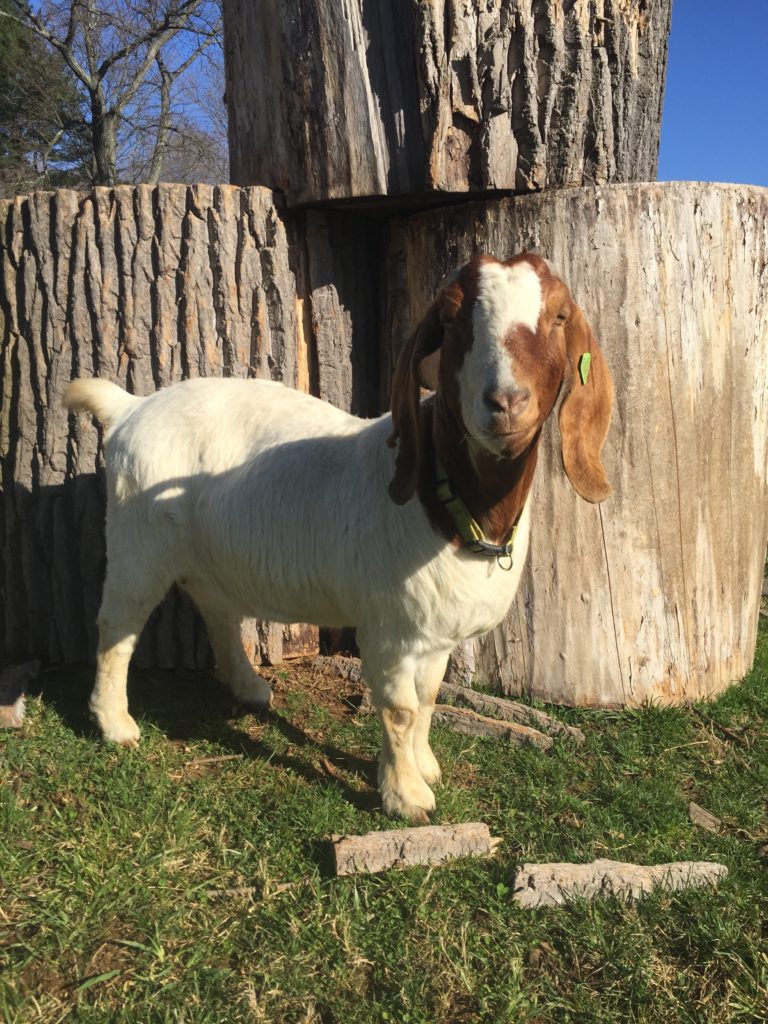
Minnie and Missie are twins. They are now one year old – old enough to fend for themselves, in goat culture. But up until April, Morgan defended her kids with her life. She fiercely attacked any goat who came too close to her precious babies, and every human who came near was put under immediate scrutiny. Due to living such sheltered lives, Minnie and Missie developed exceptionally playful and affectionate attitudes. Although they now each fend for themselves, they still maintain the sweet and mischievous affectation they were notorious for when they were babies.
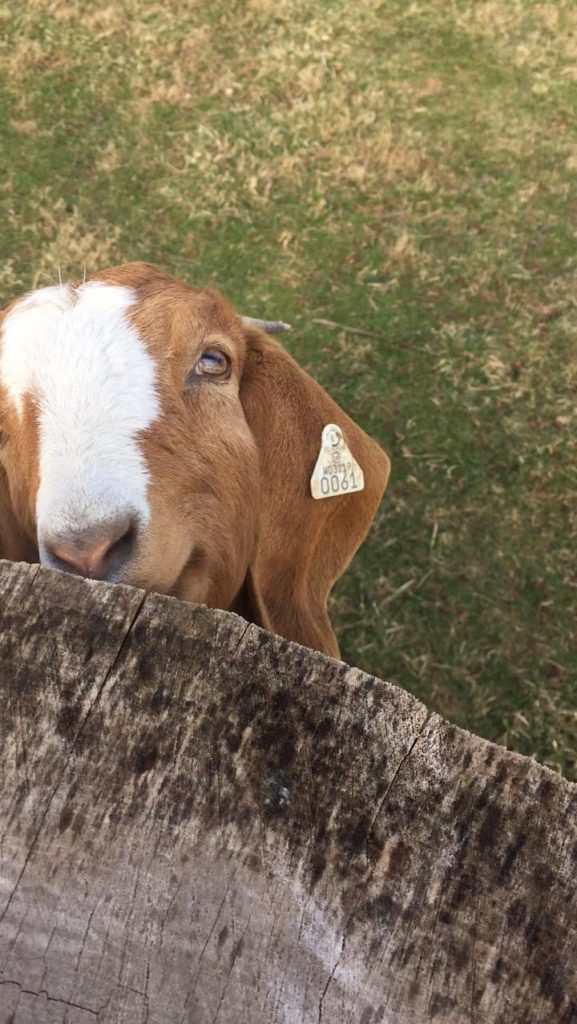
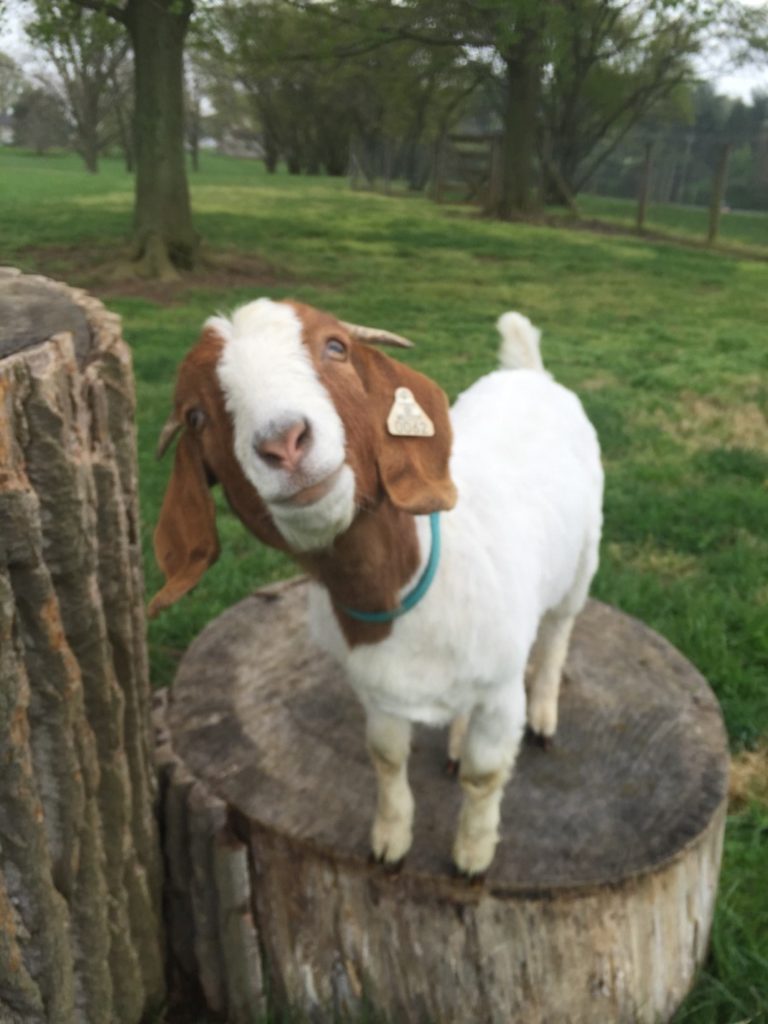
Nora and Riley are half-sisters who came from the same farm. Although they had different mothers, they were born around the same time. As kids, they bonded closely when both of them were donated to Winterthur in 2016. They are each fourteen months old – only two months older than Minnie and Missie – but they didn’t have their mothers around to protect them when they were smaller. Because of this, they had to learn to fend for themselves at an early age. Even though life is much more pleasant for them now, a youth of hardship instilled in them a quiet cleverness that still manifests itself every day.
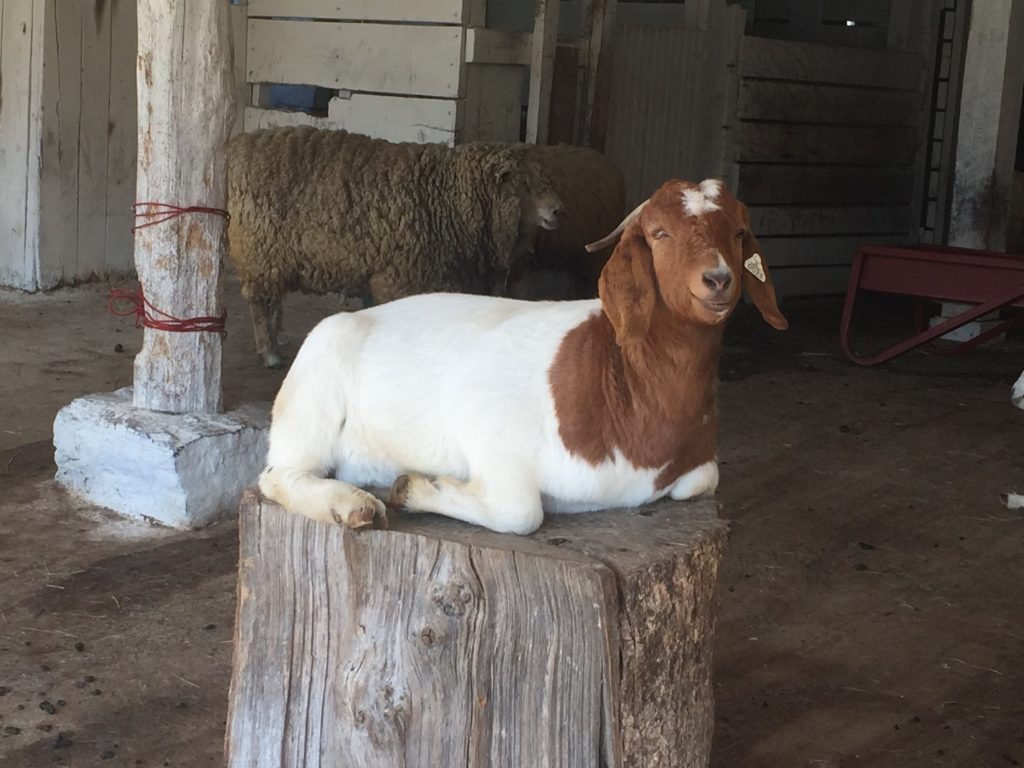
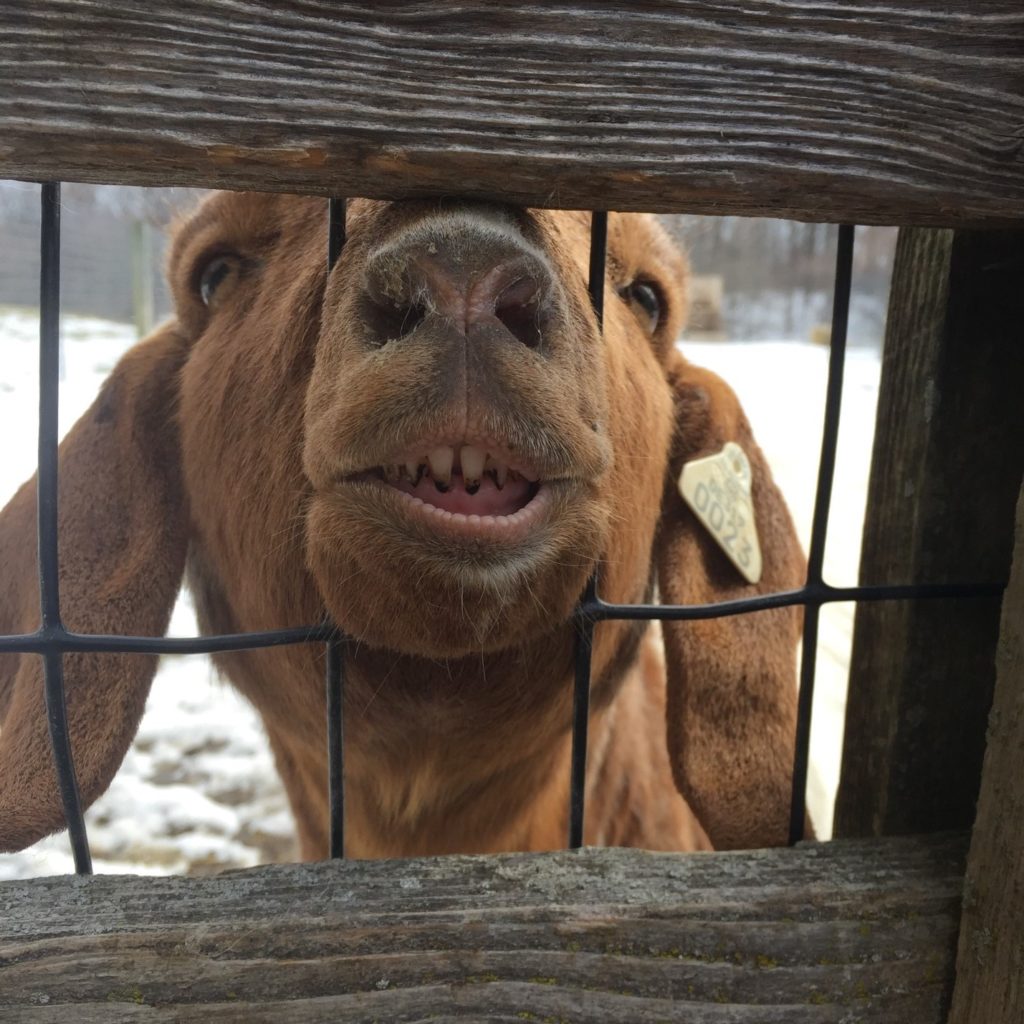
It’s been a privilege introducing you to Winterthur’s goats! Just one glimpse of these creatures, whether out in the fields grazing or sitting atop their jungle-gym of giant tree stumps, will likely be one of the happiest sights you will see at Winterthur!
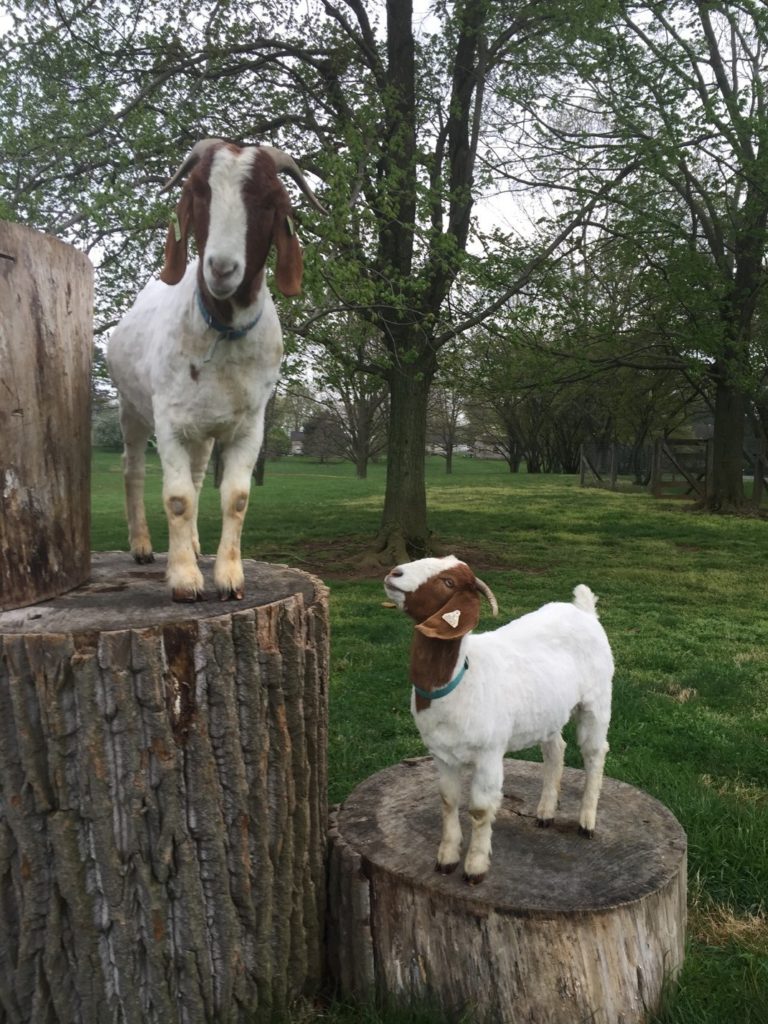
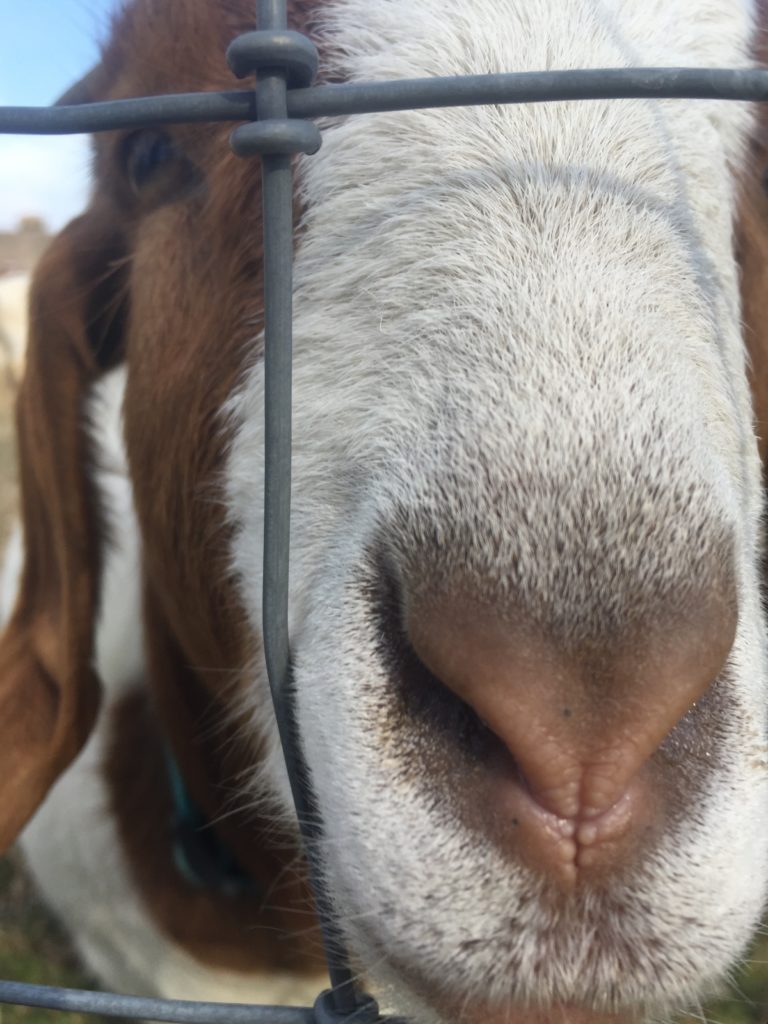
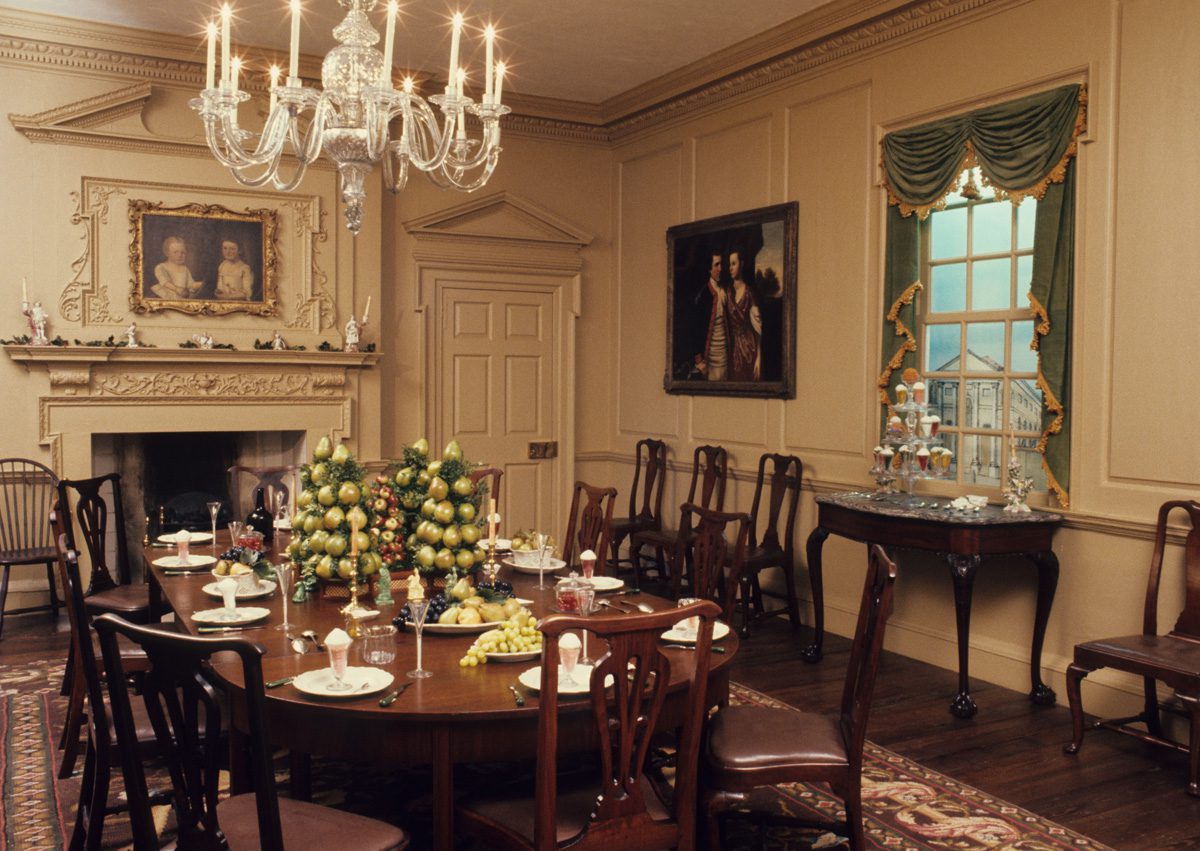
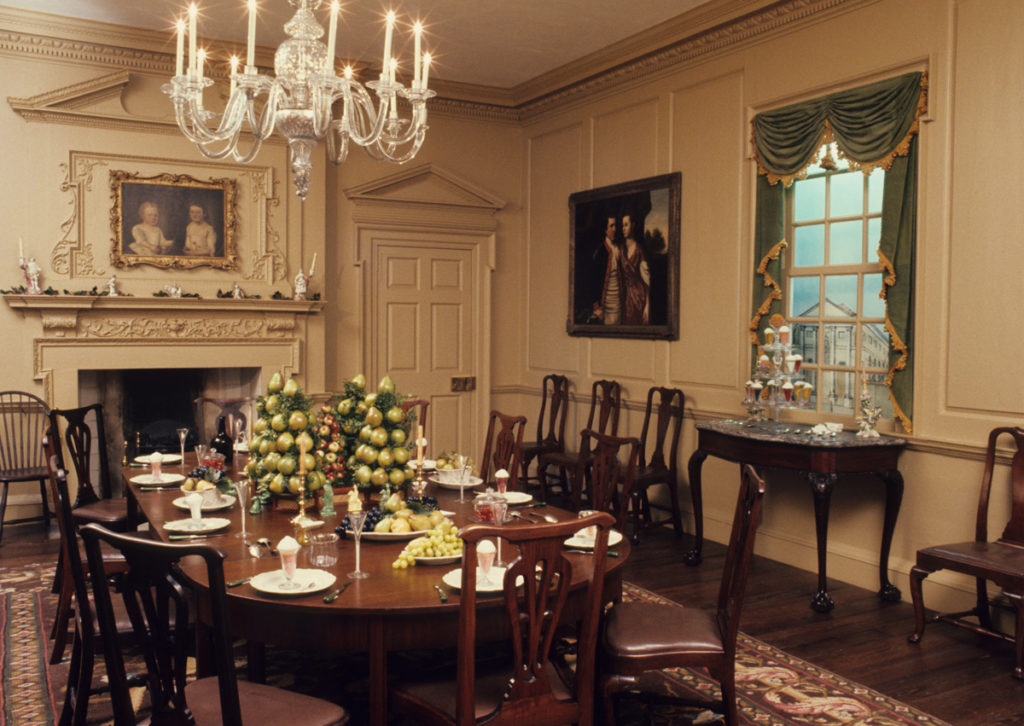
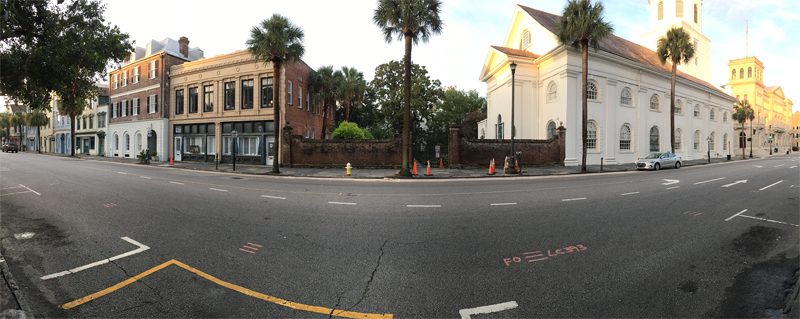
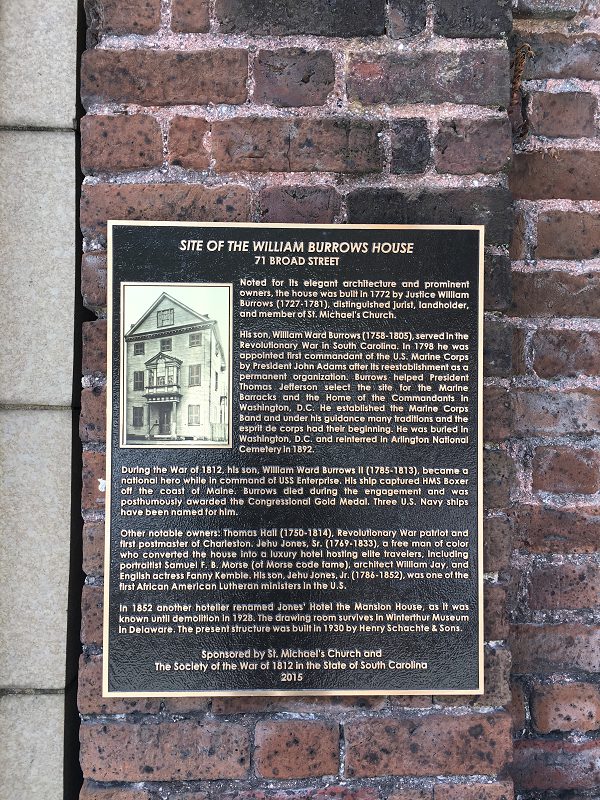
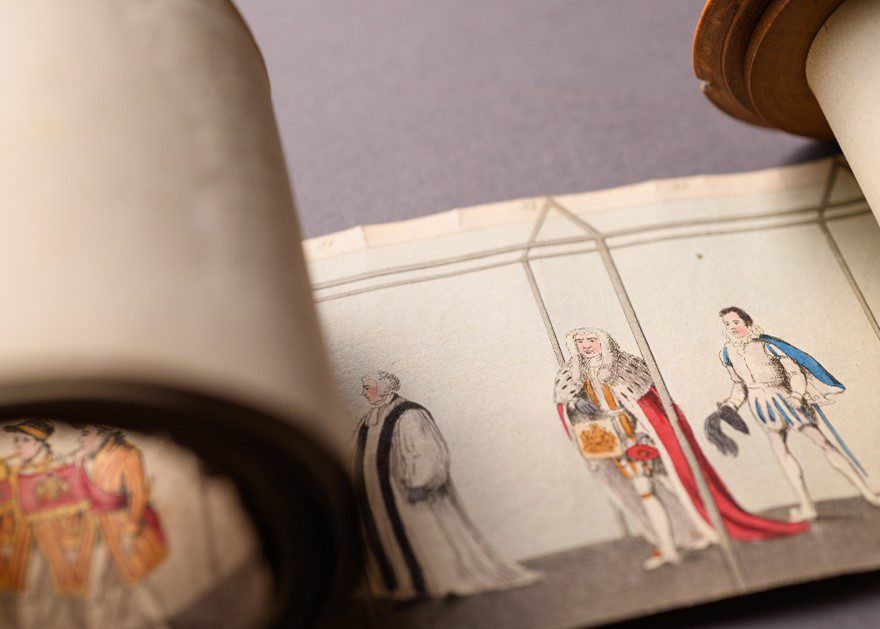


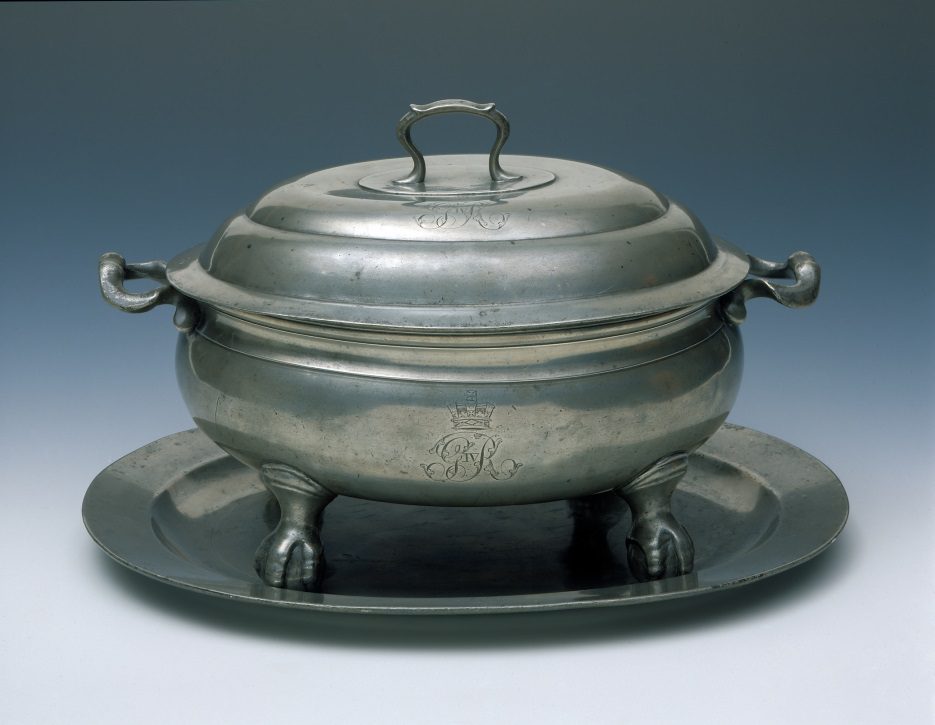
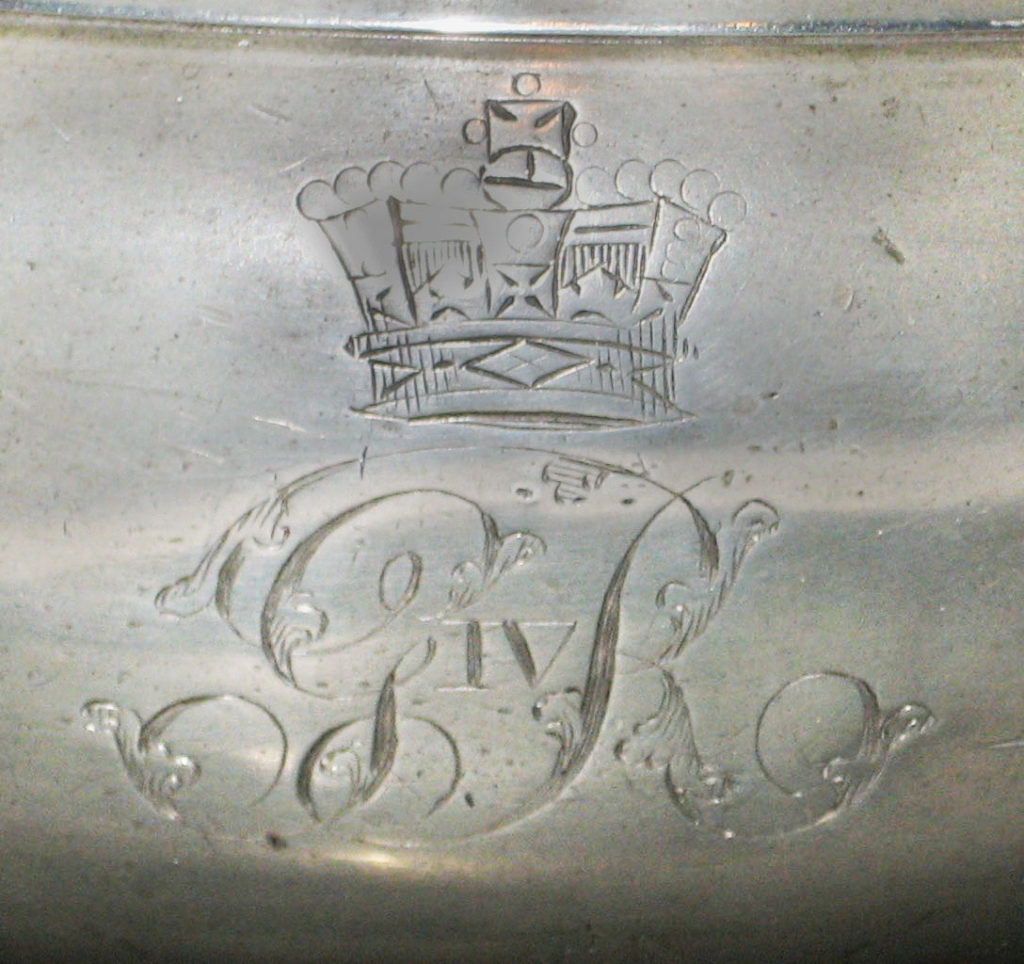
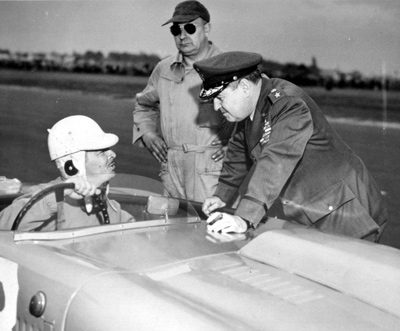
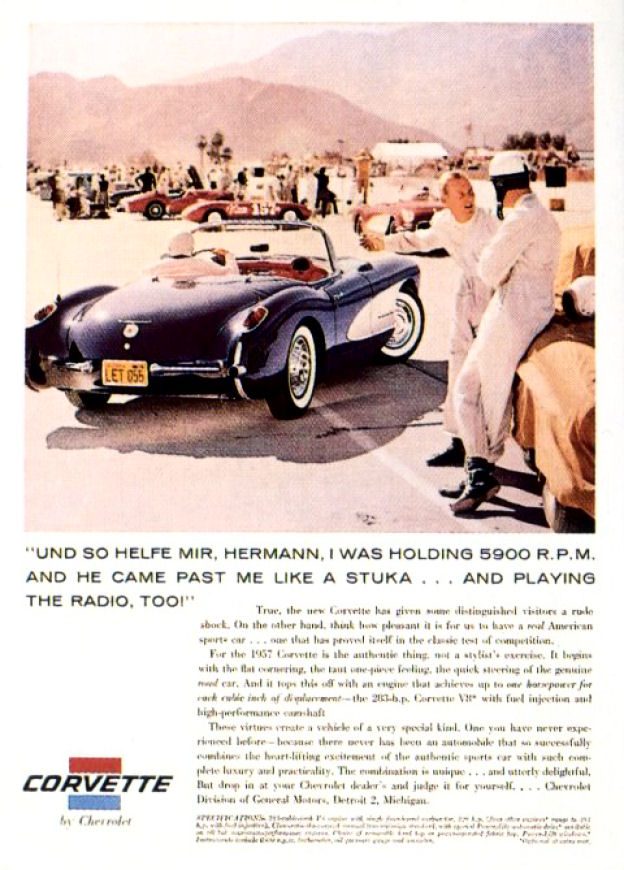
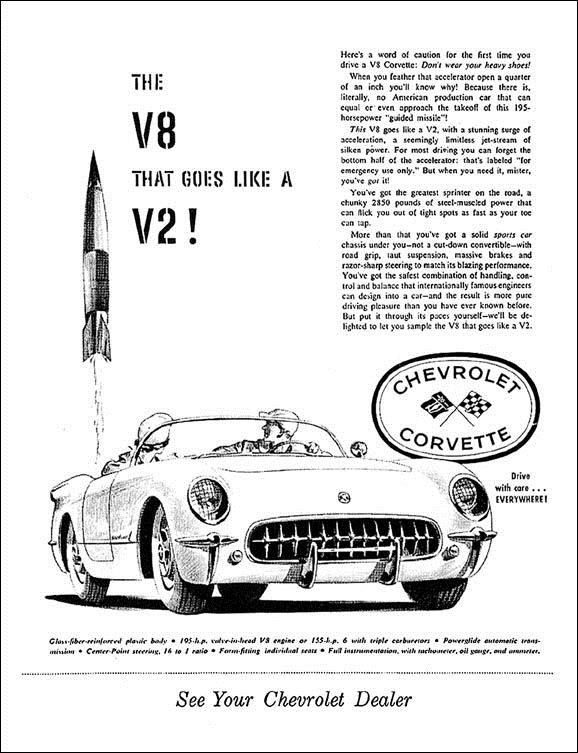
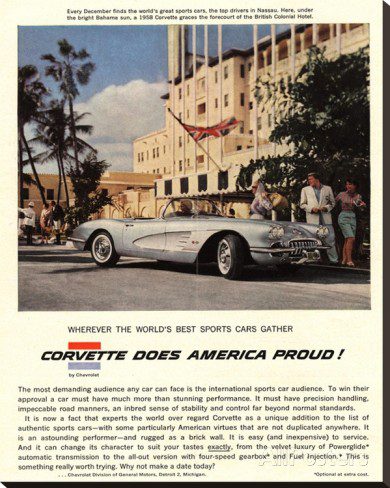


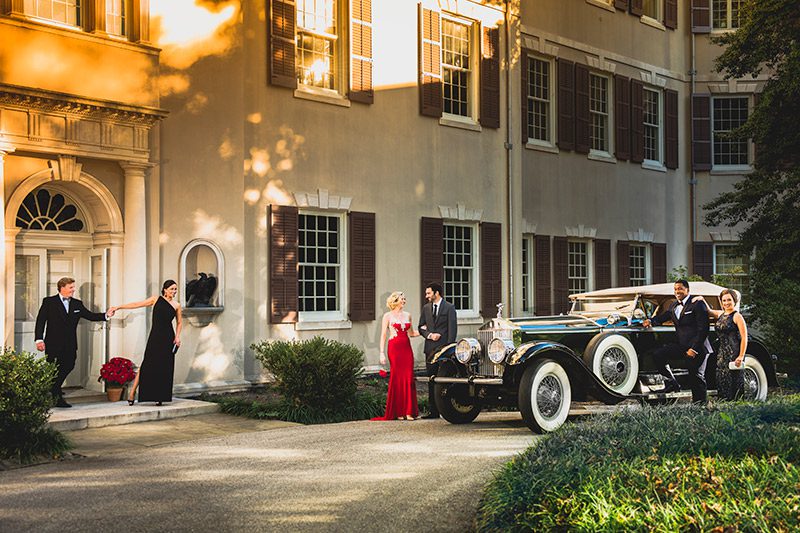
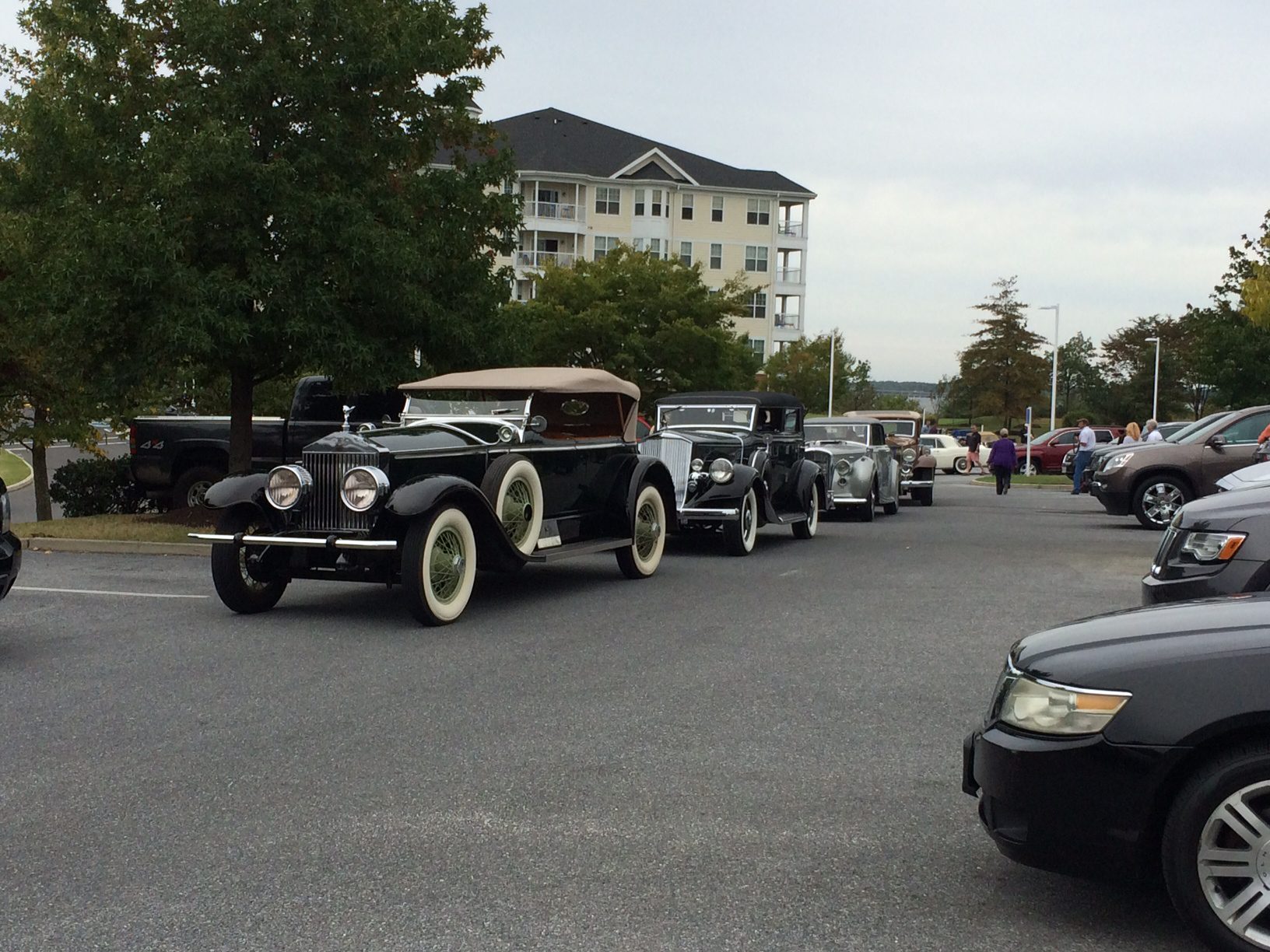
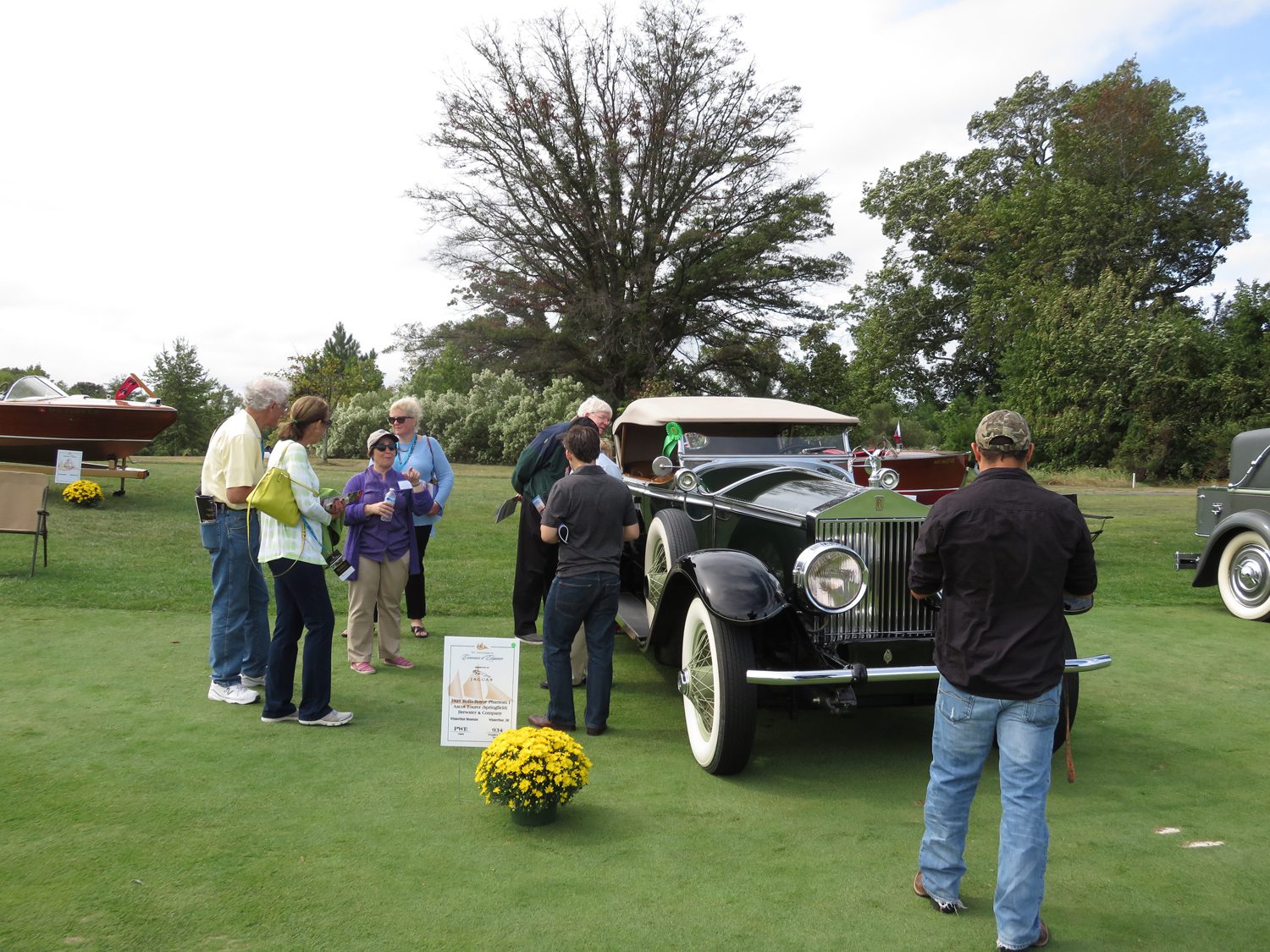
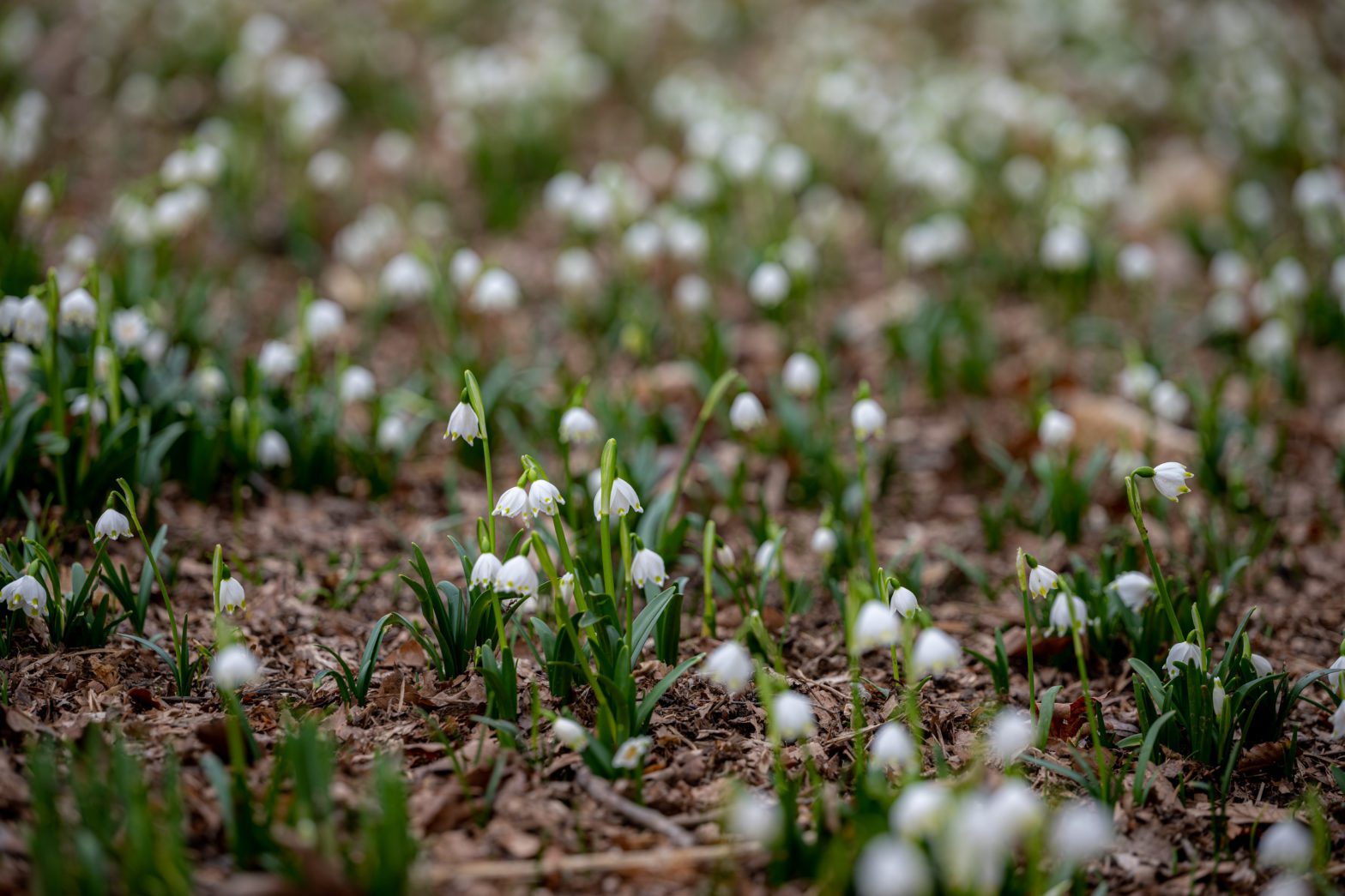
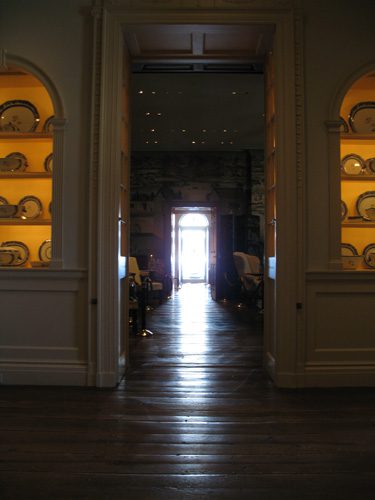
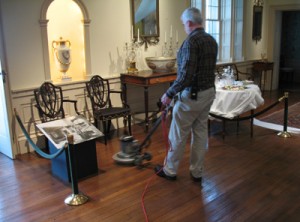
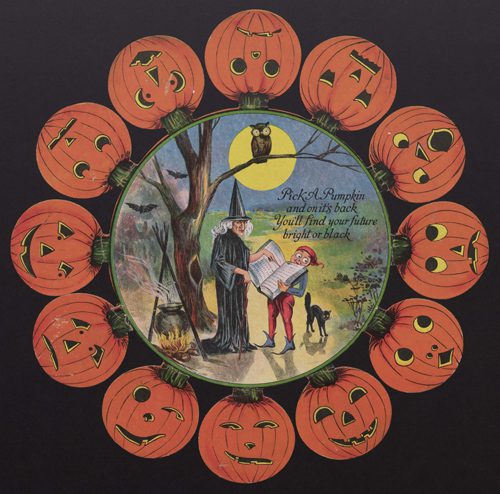
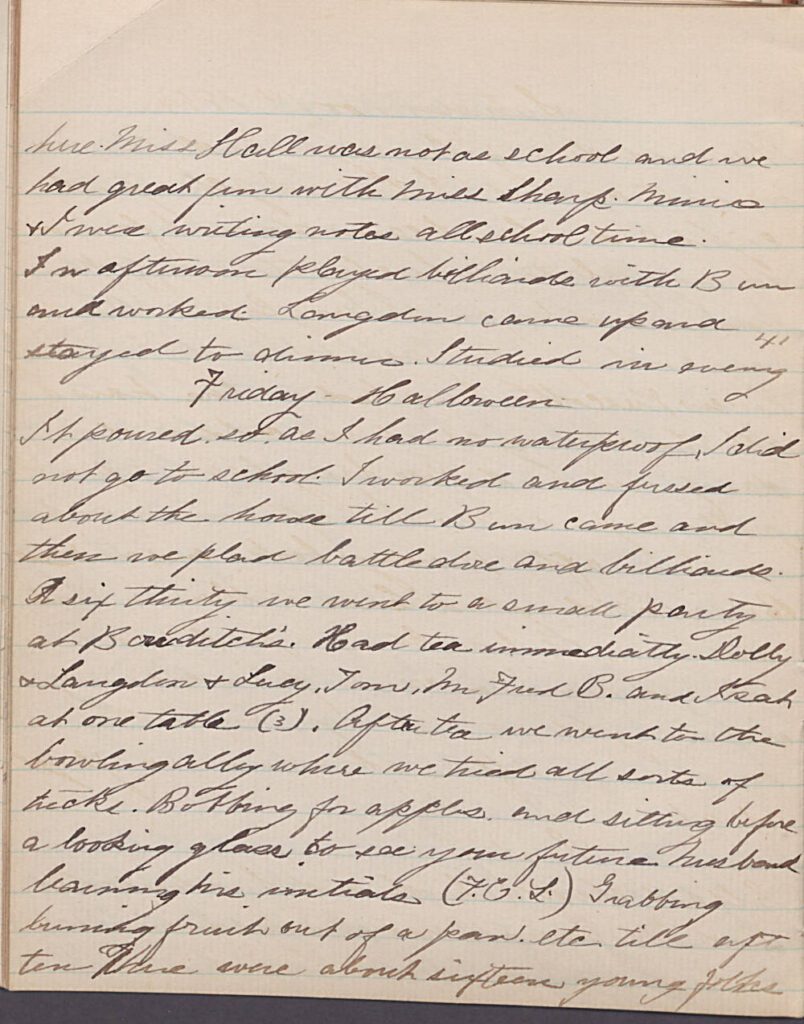
 Winter Aconite
It seems as though spring has just started and already we are seeing signs of seed-ripening on our earliest bulbs; snowdrops, winter aconite and glory-of-the-snow.
Winter Aconite
It seems as though spring has just started and already we are seeing signs of seed-ripening on our earliest bulbs; snowdrops, winter aconite and glory-of-the-snow. 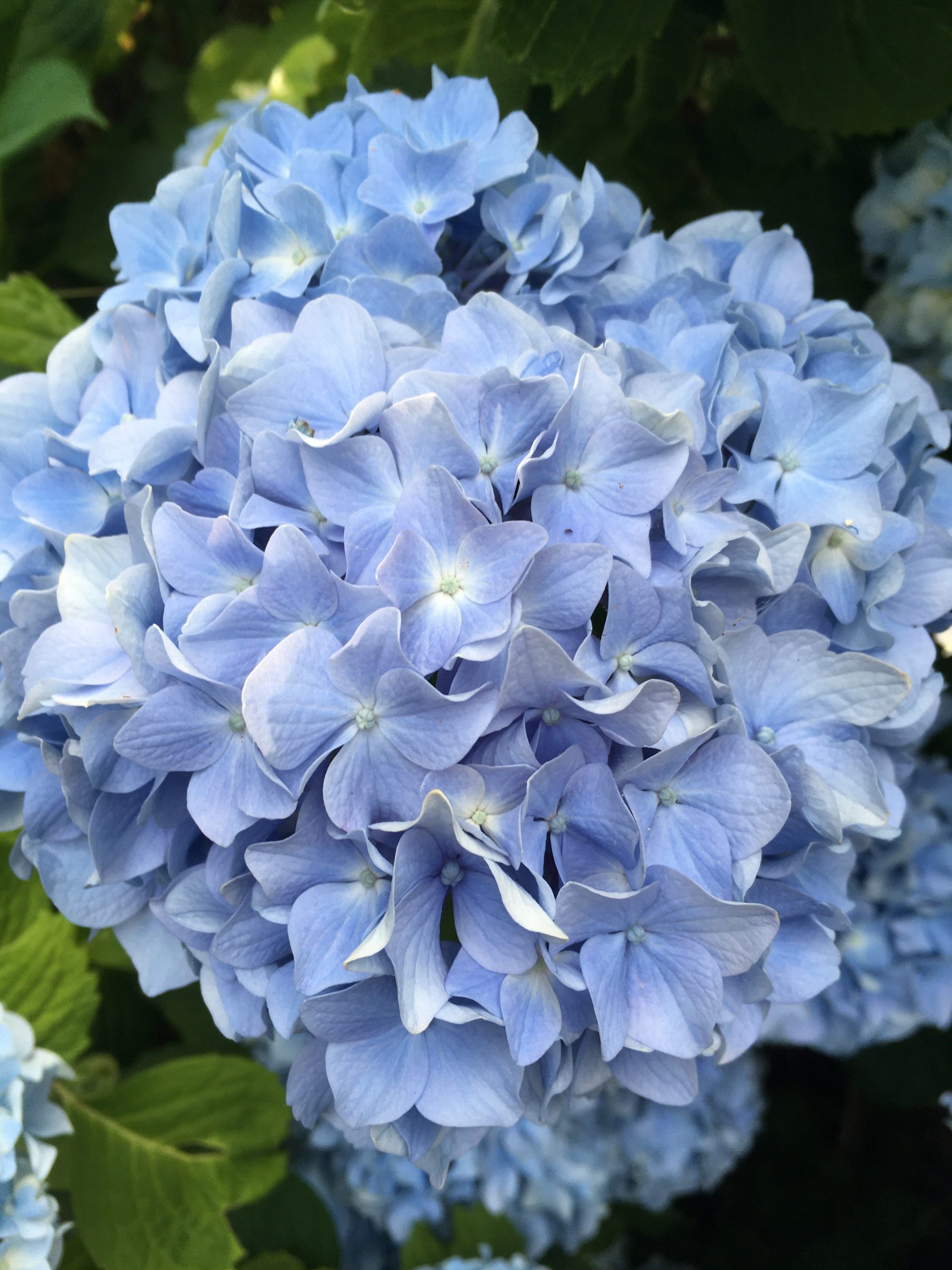
 The March Bank is known for its stunning display of blue flowered glory-of-the-snow (Chionodoxa lucilliae) and Siberian squill (Scilla sibirica) that saturate the woodland bank—as well as many other parts of the garden—in late March.
The March Bank is known for its stunning display of blue flowered glory-of-the-snow (Chionodoxa lucilliae) and Siberian squill (Scilla sibirica) that saturate the woodland bank—as well as many other parts of the garden—in late March.